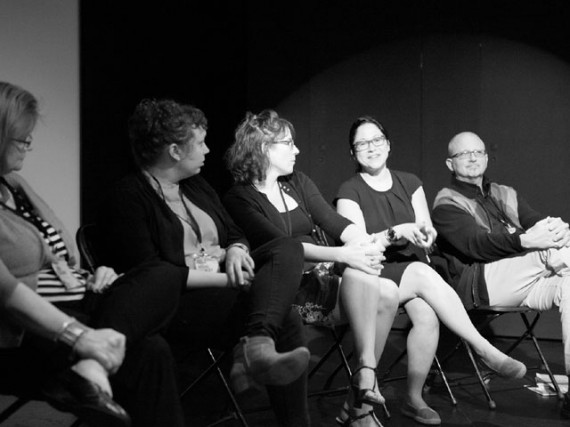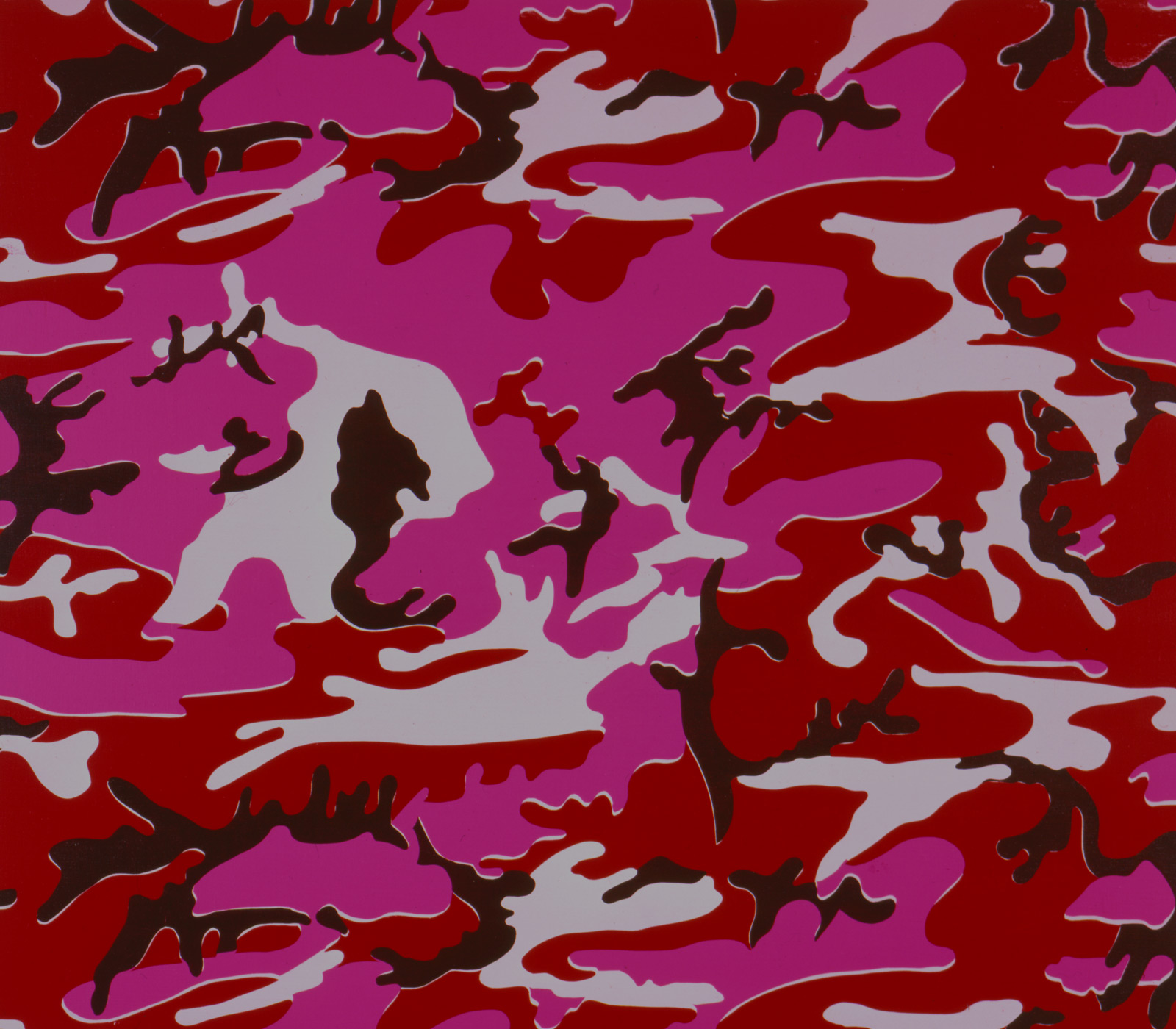Supporting Artists: 5 Models Other than Showing Work

In this panel, Abby Satinsky, threewalls; Kathleen Flynn, Dieu Donné; Steve Liggett, Living Arts of Tulsa; sharon maidenberg, Headlands Center for the Arts; and Linda Shearer, Project Row Houses discuss their unique organizational and programming models.
Note: Given the brevity of this session, answers from questions following the presentations have been folded into the outlines below. A unifying emphasis among the presenters was “experimentation” in terms of models of presentation, but also in terms of production—with a broad focus on ‘whole practice’ considerations beyond the production of art itself, including community engagement, living arrangements, family programs, and educational programs.
Abby Satinsky presented threewalls:
- Spoke about the organization in terms of developing a new language to challenge old models.
- Phonebook, a survey of alternative spaces and practices in contemporary art.
- Collaborate with other like-minded orgs to exchange shows.
- Run an artist-in-residency program.
- Community-Supported Art program: a fundraiser wherein threewalls commissions an artist to produce 50 multiples, based on the model of community supported agriculture. Shareholders pay $400 and receive 6 signed multiples throughout the year. Artists receive $1,000 towards production costs—it is an opportunity for artists to support organization, more than an opportunity to make money though it does offer the potential for wider recognition. Influenced by other multiple projects such as The Present Group and Alula Editions.
- Propeller Fund, a regional re-granting program that supports independent initiatives.
- Upcoming Hand-in-Glove conference October 20 – 23, a new semiannual conference for independent visual arts facilitators working at the crossroads of creative administration and studio practice.
Kathleen Flynn presented Dieu Donné:
- A laboratory, a place to explore, and a place to get wet—a paper-making residency.
- “Our medium and experimental process contribute to sense of confidence in artists.”
- Works are sold in the gallery, but also in partnership with representative galleries.
Steve Liggett presented Living Arts of Tulsa:
- Noted that the organization works with contemporary art in “the Bible belt rhinestone area” and spoke to the inherent challenges of presenting art in a conservative area.
- Gaze gallery space—a solarized window performance space for evening commuters.
- New Genre Festival, Art Car program, weekly drum circles, after-school programs, and public projects.
sharon maidenberg presented Headlands Center for the Arts:
- Original buildings were built as military gun encampments.
- The layering of history and natural environment are key to the residency program, noting the idea of “site as research.”
- In additional artist residency, they also offer arts professionals and theoretical writing residencies and graduate fellowship programs.
- Public programming with a lot of events centered around food and communal meals
- Process encouraged over product.
- Residencies are filled through an annual international open call and are reviewed by changing panelists. Last year, they received 1,500 applications for 45 slots. $20 fee offsets the implementation of an online application system, Slide Room, that synchs with the organizations internal database. As of next year, Headlands will have 1,000 alumni—alumni are encouraged to give back to the organization financially, but also through the donation of time by teaching a class or donating work for the auction.
Linda Shearer presented Project Row Houses:
- Founded by artist Rick Lowe when he and six other artists and activists rallied to save a block and a half of Houston row houses—the program is informed by Joseph Beuys notion of social sculpture.
- Programs include Young Mothers Residential Program, public art program, VAN (visual artists network) residency program, free studio space program, affordable housing units, and Idea Fund, produced in collaboration with Aurora Picture Show and Diverseworks, as well as partnerships with the CORE program.


